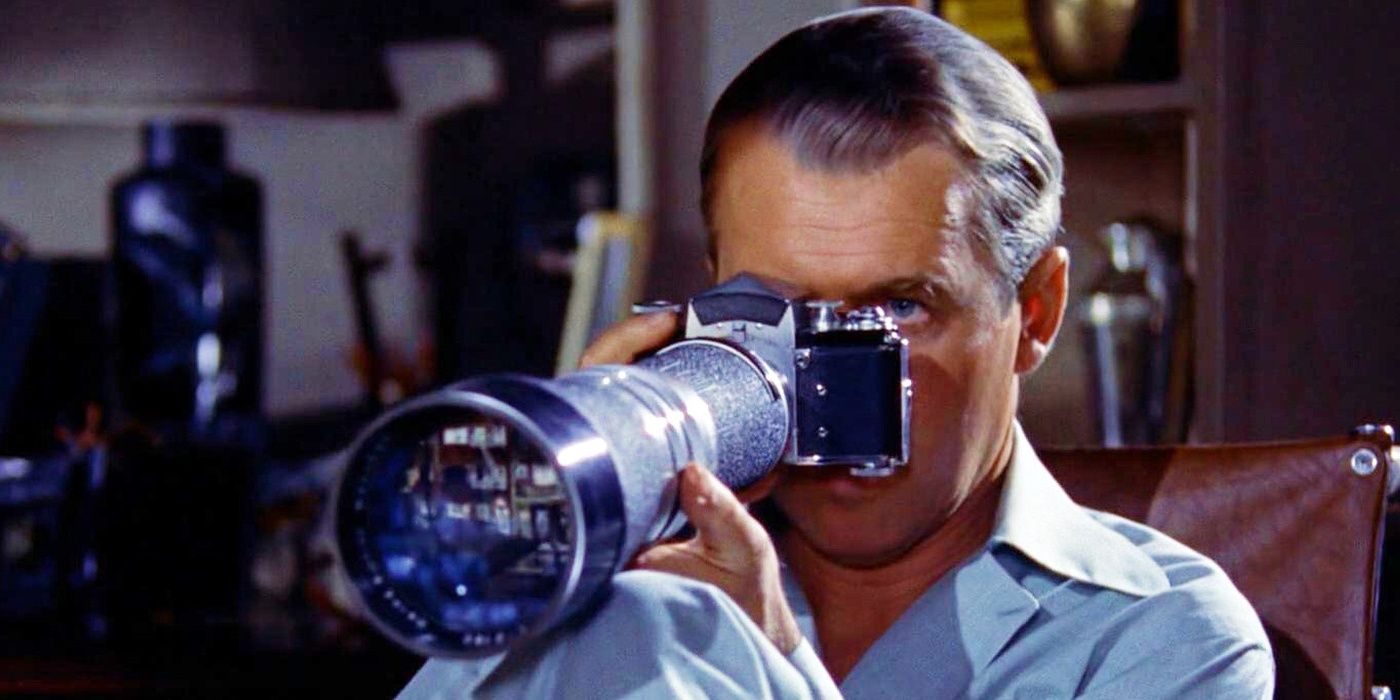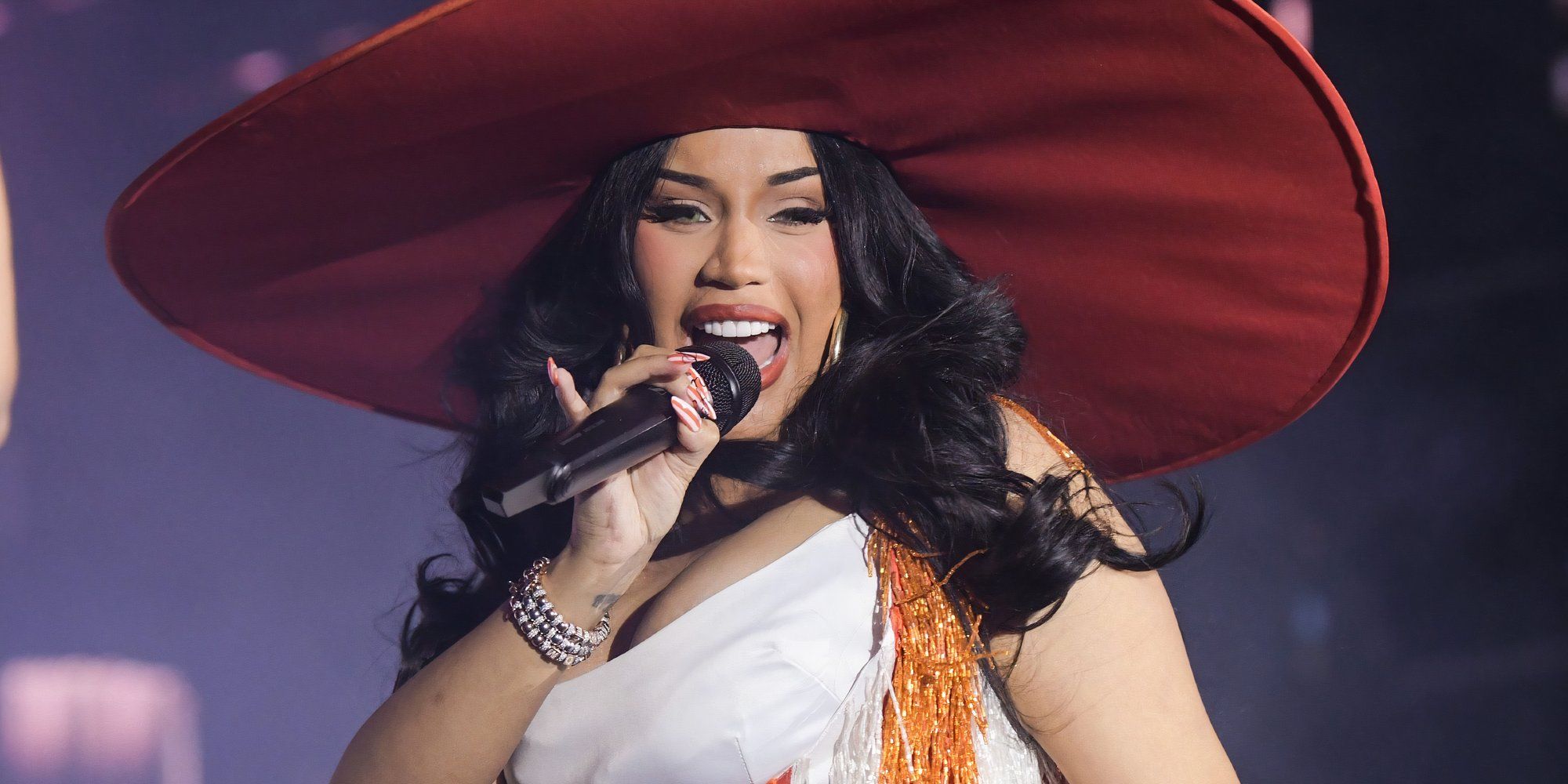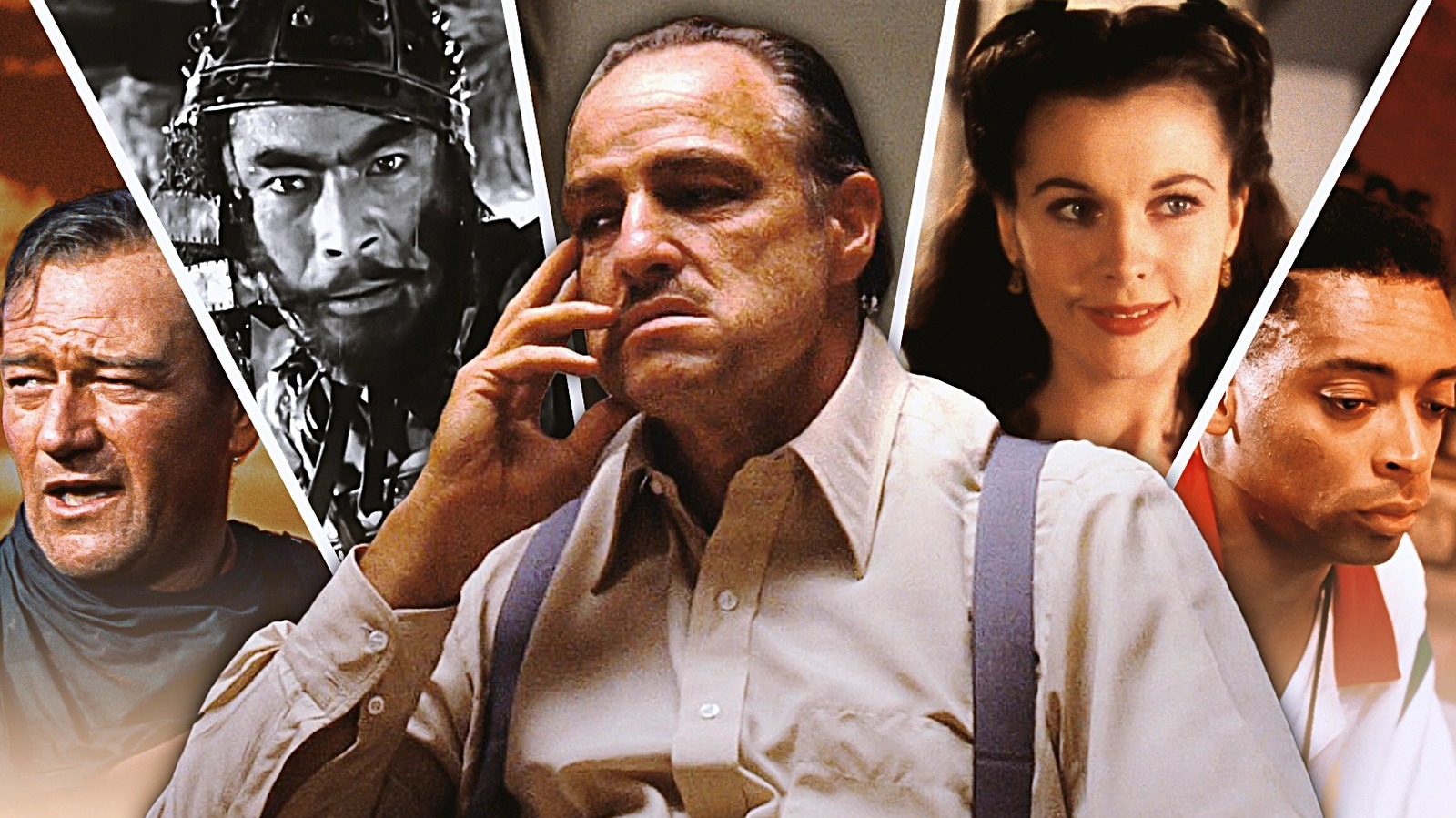Alfred Hitchcock had a career spanning several decades, and his style evolved as he got older. Although many of Hitchcock's best movies came out in the 1950s, like Rear Window, Vertigo and North by Northwest, he started working in the 1920s and didn't stop until the 1970s.
Hitchcock successfully transitioned from silent films to sound, and he moved from Britain to the United States. Despite the big changes in his career, Hitchcock's idiosyncratic style allowed him to keep producing hits throughout his career, as he redefined the thriller genre for generations.
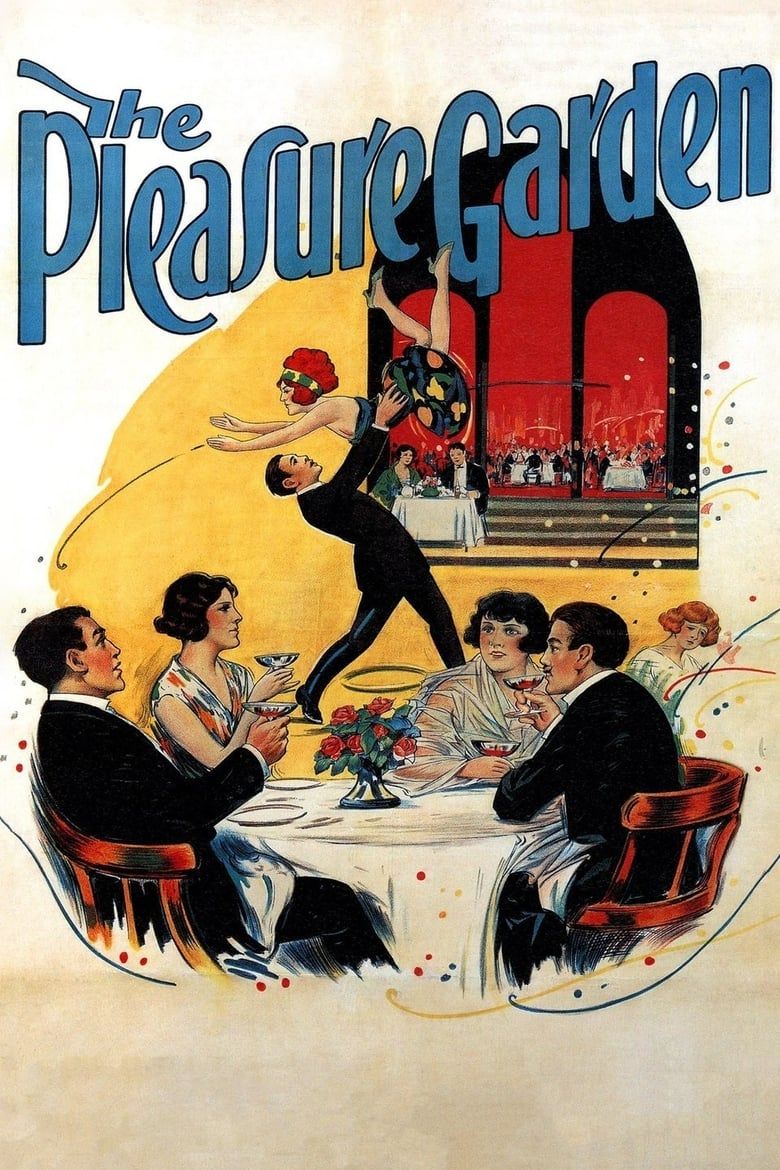
Alfred Hitchcock got his start in the British movie industry as a title designer and art director for silent films during the early 1920s. He got his first shot at directing a feature-length film in 1922 with Number 13, but financial issues meant that the production was cut short.
The Pleasure Garden was Hitchcock's first completed movie, made at just 26 years old.
The Pleasure Garden was Hitchcock's first completed movie, made at just 26 years old. Looking back on it now, The Pleasure Garden doesn't immediately seem like a Hitchcock movie, as the director didn't develop many of his quirks and hallmarks until later. , and it would be forgotten if not for Hitchcock's subsequent successes.
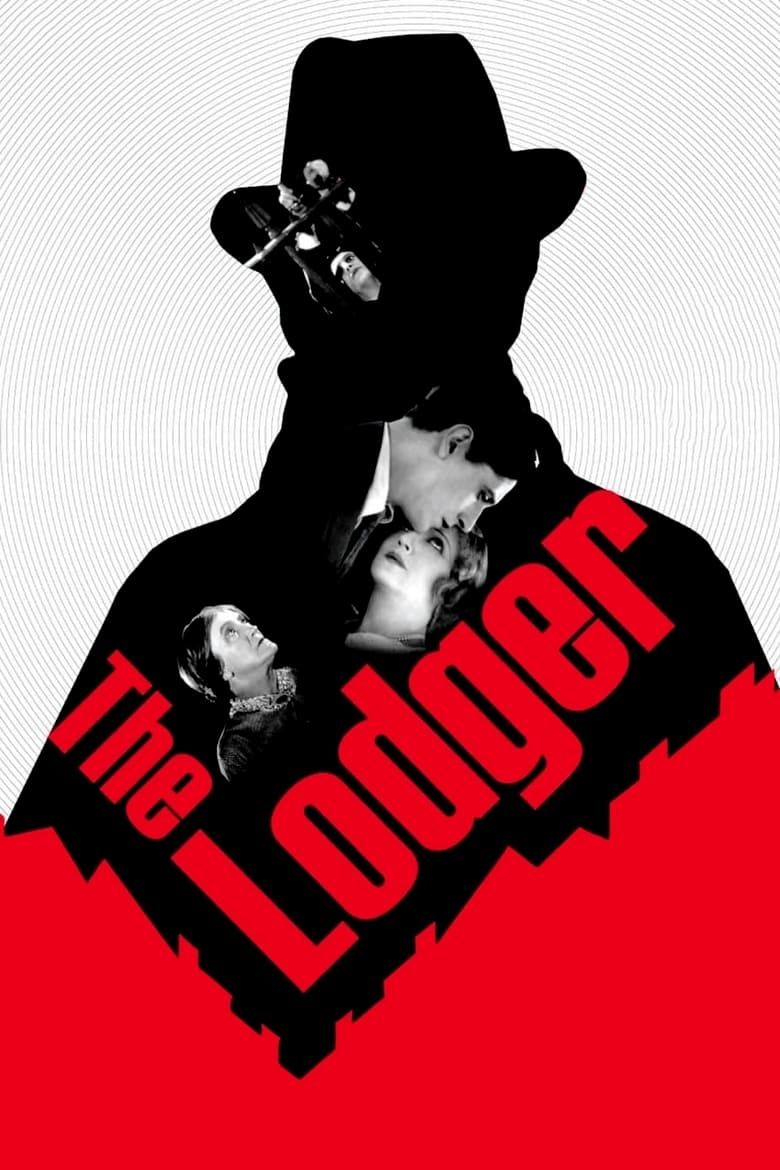
The Lodger: A Story of the London Fog
- February 14, 1927
- 91 minutes
- Alfred Hitchcock
- Eliot Stannard
- Carlyle Blackwell
Having gotten his debut out of the way - and one other film that has since been lost - Alfred Hitchcock's third movie was his first big hit. The Lodger: A Story of the London Fog was heralded as one of the best British movies ever made at the time, and it helped elevate Hitchcock to new heights.
The Lodger is inspired by the hunt for Jack the Ripper, but the presence of a mysterious killer isn't the only Hitchcock hallmark on display. , which is an apt illustration of the idea that it was his first film to proudly display his identity.
Alfred Hitchcock started his film career during the silent era, but he successfully made the transition to "talkies" with 1929's Blackmail. Some directors and actors were left behind as the industry shifted to sound, but Hitchcock proved that he could be just as inventive with new filmmaking techniques.
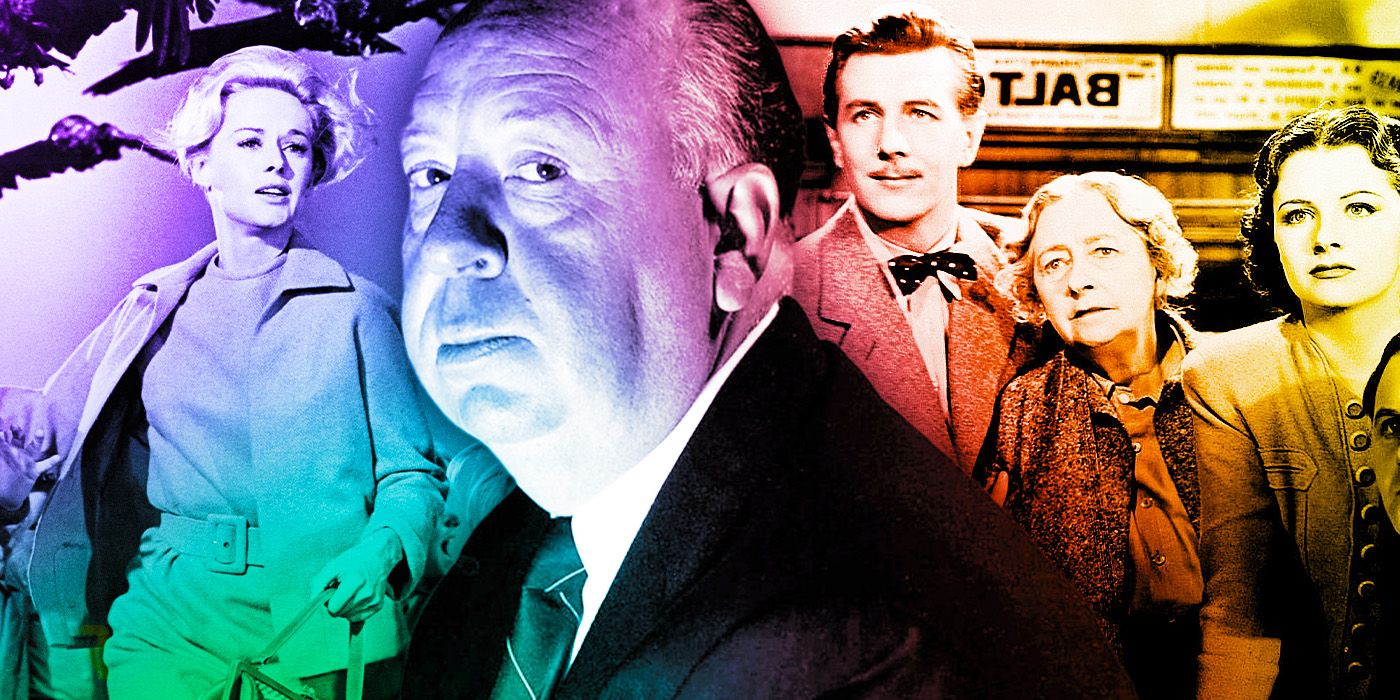
Related
All 40 Alfred Hitchcock Cameos In His Own Movies
Alfred Hitchcock is one of the most recognizable filmmakers of all time, in part due to his tradition of making clever cameos in his movies.
Blackmail was actually released as both a silent film and a sound film, and . It may not be as widely known as many of Hitchcock's later works, but it's still more than a historical curio, and it has the potential to surprise modern audiences.
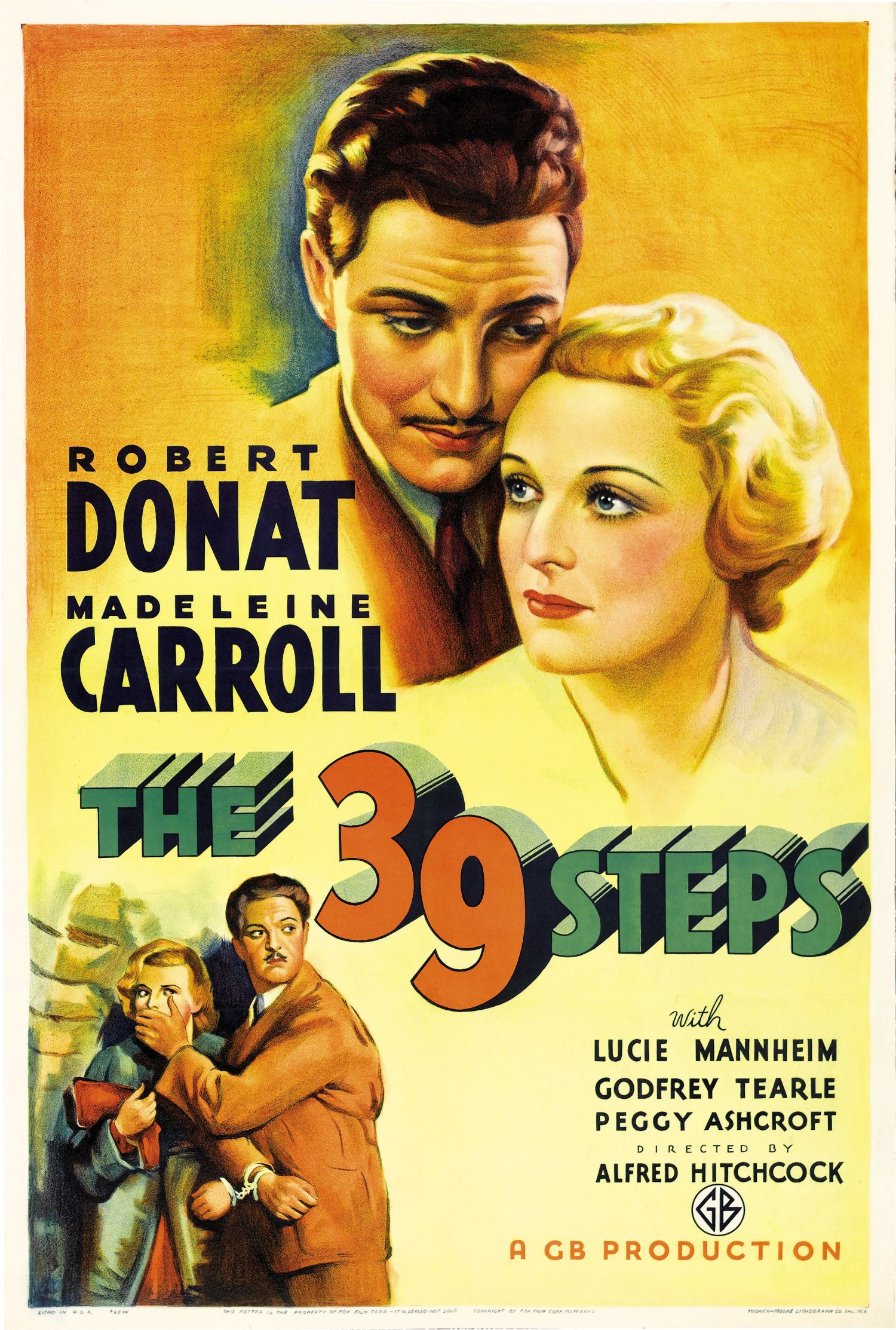
Alfred Hitchcock's star continued to rise throughout the 1930s, as he cemented his reputation as a young director worth watching. , and it remains one of Hitchcock's most entertaining thrillers.
Based on the novel by John Buchan, The 39 Steps is an energetic spy thriller that showcases Hitchcock's common technique of placing ordinary characters in extreme situations. Some of the director's other great works from his years in Britain include The Lady Vanishes and Sabotage.
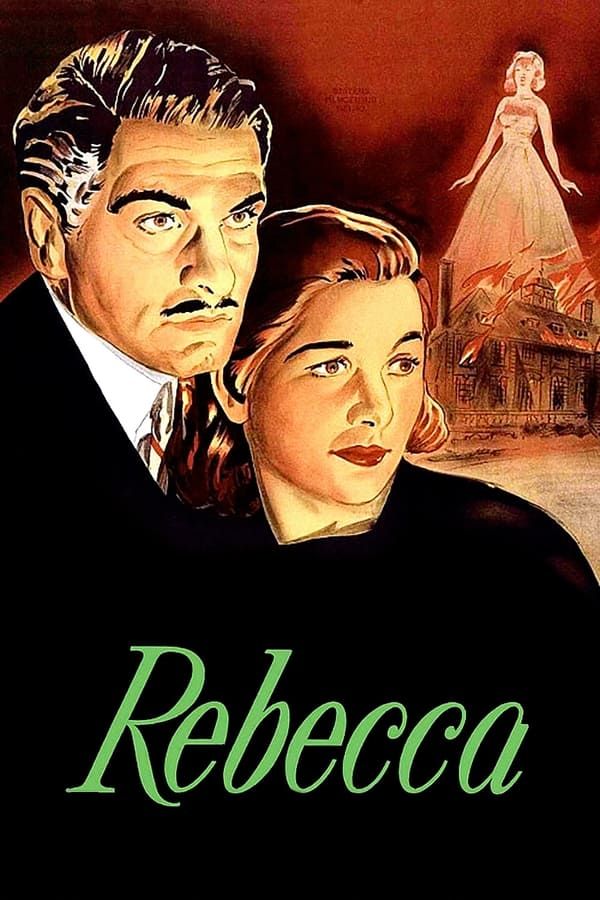
Rebecca
- March 23, 1940
- 121 minutes
- Alfred Hitchcock
- Daphne Du Maurier, Robert E. Sherwood, Joan Harrison, Philip MacDonald, Michael Hogan
After his early successes in Britain, Alfred Hitchcock was tempted to move to the United States, where his career continued to flourish. His first movie in Hollywood was Rebecca, an immediate hit that announced his arrival in style. It still holds up as one of Hitchcock's scariest movies.
. It has many of the director's most identifiable hallmarks, from the themes of guilt and psychological stress to imagery like the imposing setting and the long tracking shots. It kicked off the most productive stretch of Hitchcock's career.
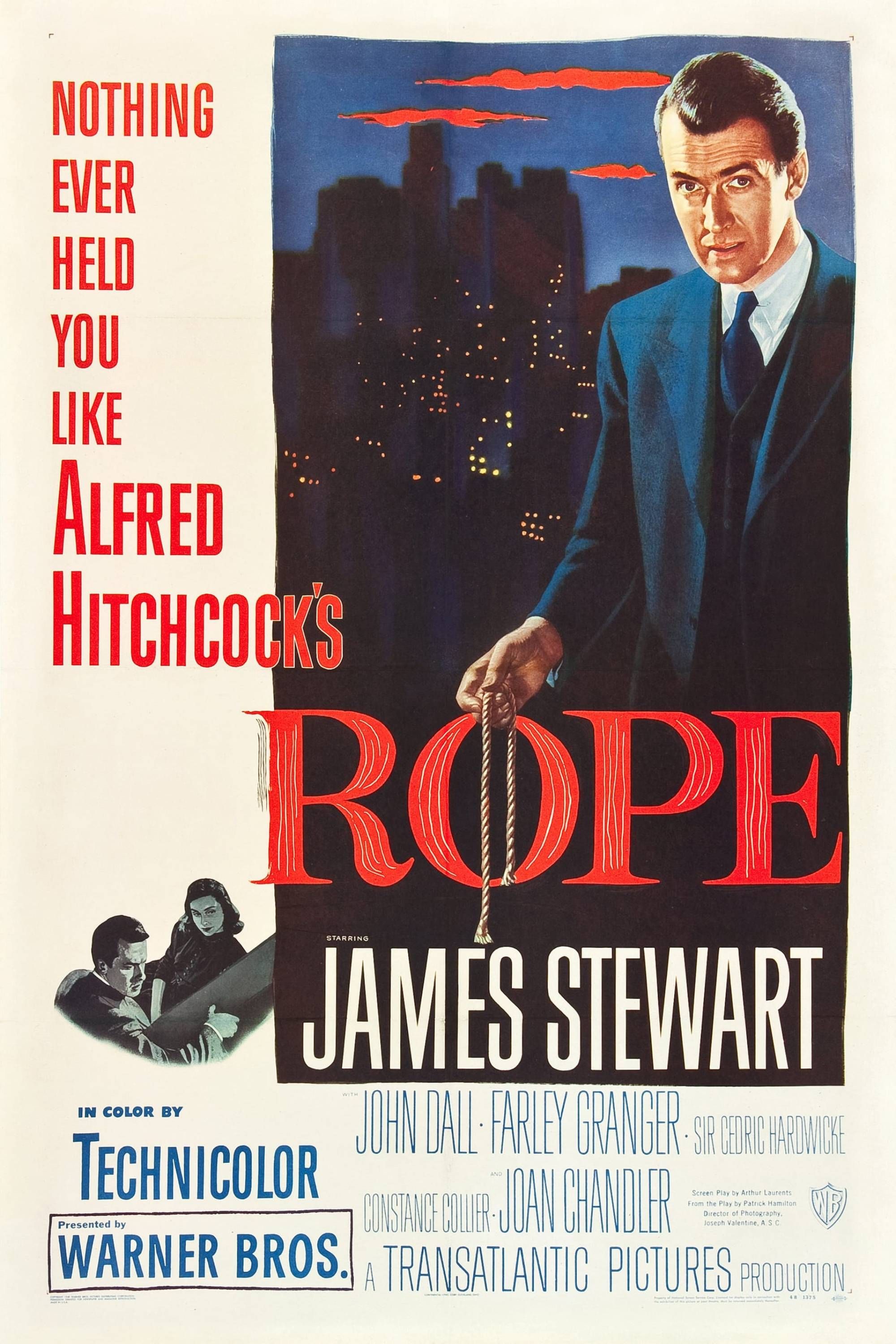
Rope
- August 26, 1948
- 81 minutes
- Alfred Hitchcock
- Arthur Laurents, Ben Hecht, Hume Cronyn
Alfred Hitchcock and James Stewart made four movies together, all of which have gone down in film history as classics. Rope was the first of these, but there are a few other reasons why it's such a noteworthy landmark in Hitchcock's directorial career. For a relatively short movie, it's packed with interesting details and bold choices.
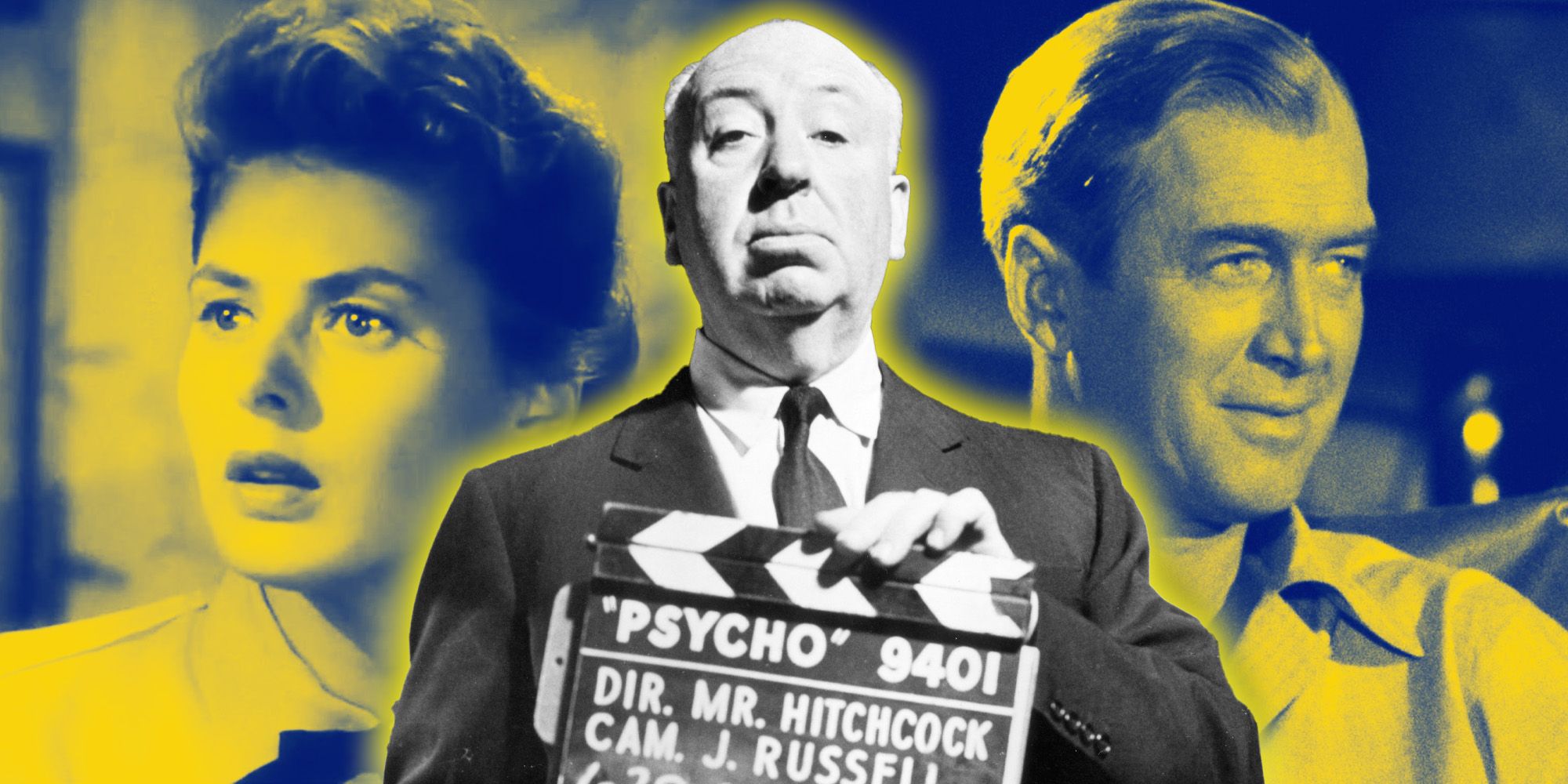
Related
Alfred Hitchcock's Most Frequent Collaborators, Ranked
Like many famous directors, Alfred Hitchcock liked to reuse the same actors in his movies, with one actor starring in more films than any other.
, but Hitchcock constantly finds new ways of framing the space to make it seem interesting. This is something that the director had already done, like in Lifeboat, and Rope showcases the talents of a director pulling something off that most other filmmakers wouldn't dare to attempt.
After Alfred Hitchcock moved to Hollywood, he started working with the biggest and most glamorous movie stars of the era. He added Grace Kelly to his roster of frequent collaborators with Dial M for Murder, but there are other reasons why the 1954 mystery thriller stands out.
Dial M for Murder is one of Hitchcock's most compelling mystery movies, although once again the director uses the inverted mystery formula, in which the audience already knows the solution while the characters struggle to find the truth., since most Hitchcock movies feature male protagonists.
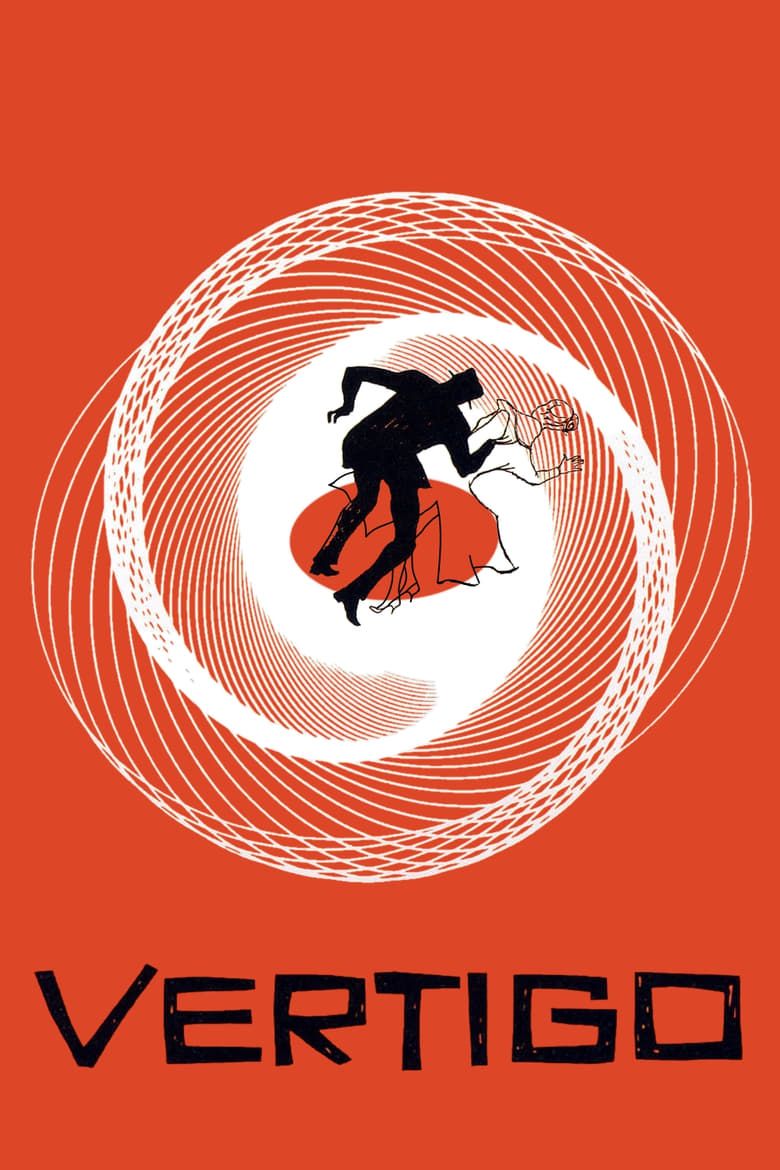
Alfred Hitchcock made several outstanding thrillers back-to-back in the 1950s, but Vertigo represents the pinnacle of his accomplishments. It's remembered today as one of the best movies ever made, and
Vertigo's shocking ending captures a lot of what makes the entire movie so special, and what makes Hitchcock such a unique talent too. It's the kind of ending that lingers in the memory, delivering the final twist to a complex and thematically rich thriller that looks quite unlike anything else.
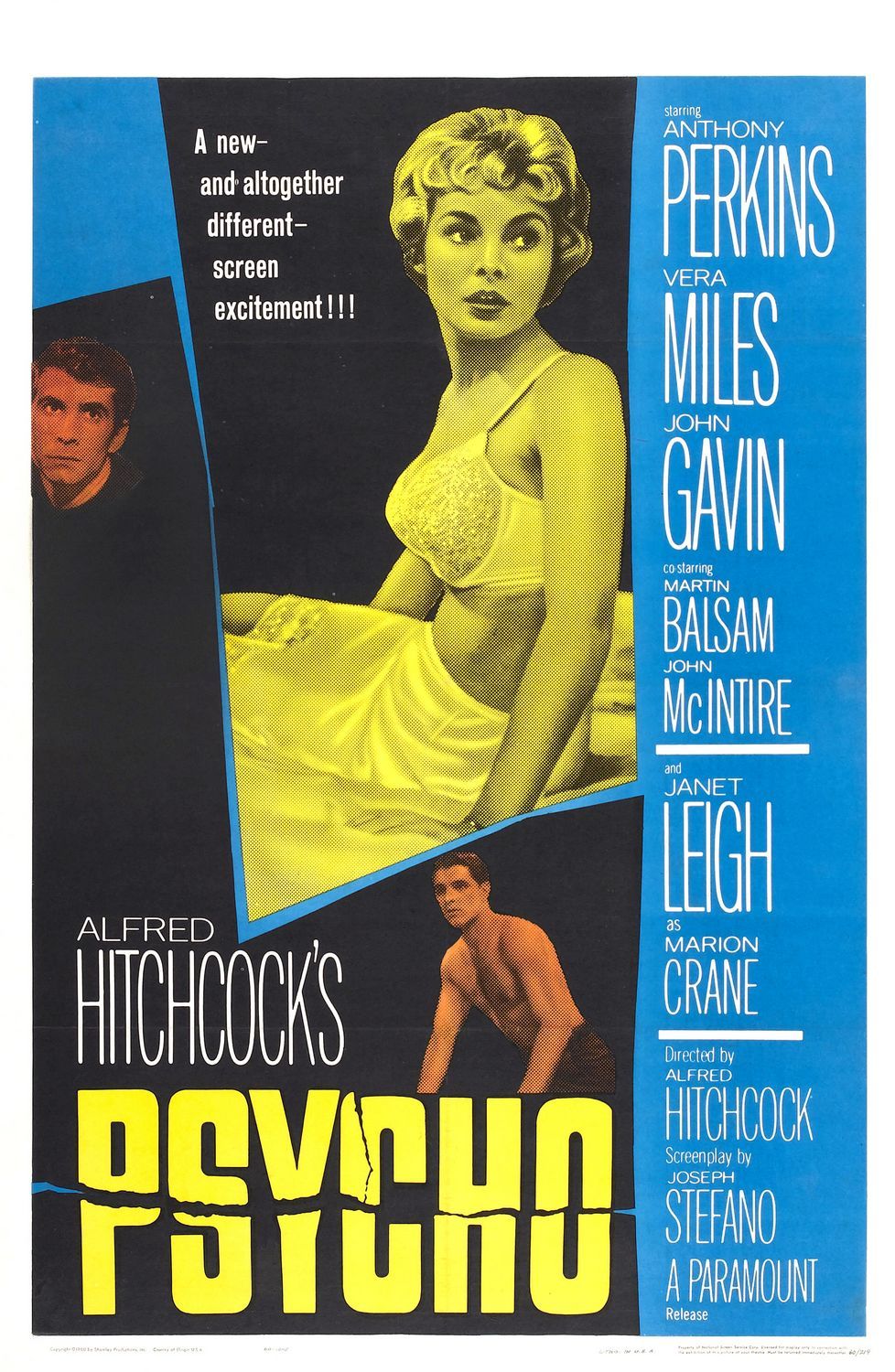
. For the first time, audiences were prevented from entering the theater after the movie had already started, so that Psycho could be experienced from start to finish the way Hitchcock intended.
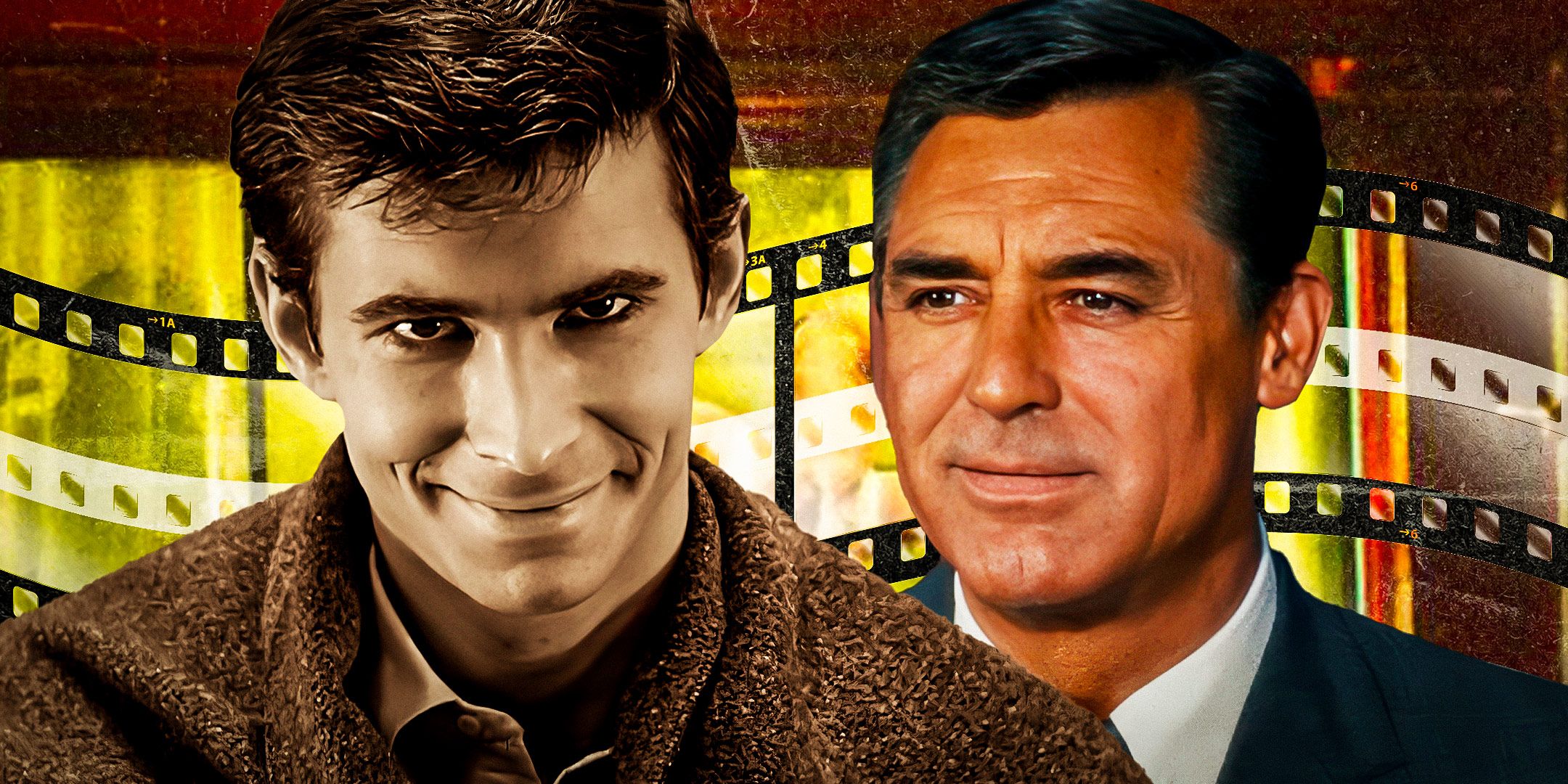
Related
15 Best Performances In Alfred Hitchcock Movies
Alfred Hitchcock is rightly remembered as one of the most influential directors of all time, but his career was boosted by some superb actors.
It's debatable whether Psycho's rule against latecomers was merely a marketing ploy to ratchet up the tension of the movie, but it's a succinct illustration of Hitchcock's flair for gut-wrenching endings. Today, Psycho is probably Hitchcock's most popular and most watched movie.
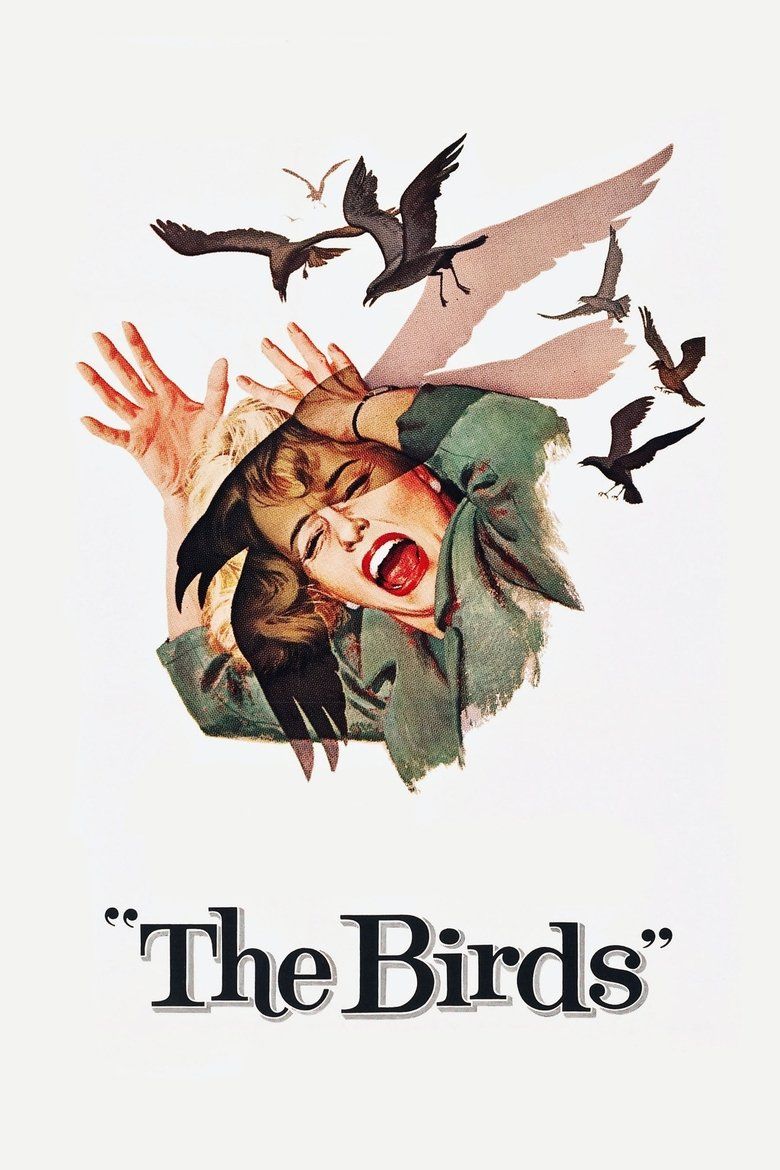
Alfred Hitchcock was prolific throughout most of his career, but The Birds was released after an uncharacteristic three-year gap. The director who often released two movies in one year started to slow down in the 1960s, and The Birds was his last true classic.
Hitchcock's diminishing production can be attributed to a few health issues that coincided with a shift in Hollywood trends.
Hitchcock's diminishing production can be attributed to a few health issues that coincided with a shift in Hollywood trends. Frenzy and Marnie are both worth watching today, but he never hit the same heights as a director after The Birds. It's a mysterious horror movie with a compelling environmental message.








